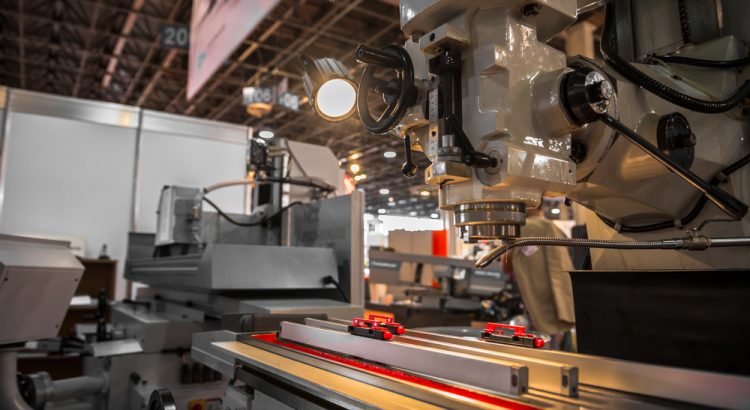Industrial automation has gone through lots of manifestations throughout the decades. It continues to include many approaches and devices, such as the following:
Numerical Control
This refers to the automated expression of work previously carried out by proficient machinists. Initially, punch card instructions ran numerically regulated machine processes. Today, programmed instructions equate into electrical signals that lead such setups as dispensing solutions, device selection, device movement, and spindle rates.
To function or check a part, produce composing strategies, or insert components (needed for electronics making), mathematical control makes use of a part program of x, y, and z coordinates to instruct a milling, cutting, or vision device. A part program consists of coded sequential machine instructions for the structure or command of a part.
Usually, a computer system runs and keeps a part program. However you can also stream a program to a part using telecommunication, a process referred to as direct numerical control. Mathematical control incorporates consistency and regular quality with a high rate of outcome.
Automated Equipment
Automated devices rely on a revolving table and accessibility that allow a part and tools to move within a minimum of three axes: the vertical and horizontal in two planes and the vertical in a 3rd plane. Modern devices can have as many as nine axes. Increments from one ten-thousandth of an inch (.0001) to as little as one-thousandth of a millimeter (.001 mm) define the work information; x, y, and z coordinates specify the placement of job specifics.
Computer-Aided Design (CAD)/ Computer-Aided Manufacturing (CAM)
Computer-aided design makes use of a computer system to design and modify items. When you have a final design, you enter it as a program and send it to a computer-aided manufacturing system. CAM systems are platforms that include all aspects of procedure preparation, production planning, scheduling, machining, and quality assurance.
Islands of Automation
Prior to the advent of innovative communication protocols, such as Modbus and Ethernet, systems and work cells could not easily interact. Today, the term island of automation refers to a caged automatic system in an or else manual manufacturing facility. Separated job cells rely on the efficient organizing of tasks and on human and mechanical steps. Islands of automation get rid of the requirement for inline buffers and enable less complicated product changeover. They are suitable for developing a limited series of different, associated items in smaller batches.
Inline Assembly Systems
Inline assembly systems work to generate large quantities of one kind of product that has little differences, thus lessening item and line transition. With inline assembly, production is just as rapid as the slowest job. For that reason, manufacturing planners might implement a buffer of source materials to make sure consistent throughput. Inline setting up additionally requires much less human labour and supplies a lot more accurate planning. Nevertheless, the specialized engineering called for to develop and integrate among these purpose-built lines might be pricey.





